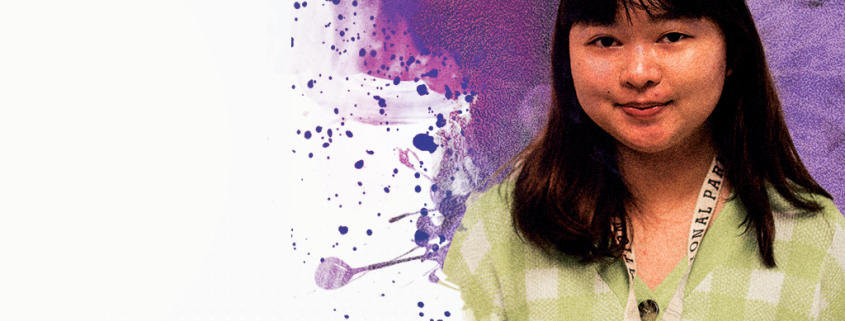Reel LA: ‘La La Land’ embodies great Los Angeles fantasy
Back when I was in high school, I watched “La La Land” while also studying for my honors chemistry class. That probably wasn’t the most productive manner of studying, but in many ways, the movie became my motivation to study. As I listened to the soundtrack during car rides and tracked down places where the film was set, “La La Land’s” setting solidified my dream of wanting to come to Los Angeles.
Like the characters in the movie, I wanted to be discovered. I imagined that if I was good enough, I could achieve my dream. It was a fantasy. Yet I have to give that fantasy credit for being at USC today.
Search up “films about Los Angeles” and “La La Land” is sure to pop up. For all the criticism of the film, it remains emblematic of the L.A cinematic imagination. Directed by Damien Chazelle, the film tells the story of a relationship between aspiring actress Mia (Emma Stone) and jazz pianist Sebastian (Ryan Gosling), each one pursuing their own dreams in the “City of Stars.”
There’s a theme in the film about what it takes to achieve success and to manifest one’s dreams as an artist. Mia goes through audition after audition. Sebastian plays music he doesn’t want to be playing in the hopes that one day, he’ll have enough money to open his own jazz club. When Sebastian gets a life-changing opportunity, his success ultimately puts a strain on the two’s relationship. The romanticized life deteriorates. At the end, both achieve their career goals but end up losing each other.
Dreams and their symbolic nature are central to the narrative. Chazelle expresses that with “La La Land,” he wanted to focus on illuminating the “texture of the city,” specifically capturing the distinct qualities of the city and its people.
“Society makes fun of L.A. a lot, but there’s something worth celebrating about that — this idea of dreamers,” said Chazelle in a Metro interview. “It’s the going after them that gives the characters meaning, and gives the city meaning, too.”
Despite the fact that “La La Land” has been written about extensively, I wanted to end “Reel LA” writing about the movie because its themes are central to those of this column. Illusions and reality are foregrounded in “La La Land,” which is about two dreamers. Sure, you could say that the plot’s driving tension is whether or not Mia and Sebastian will become successful, but I would argue that it’s the conflict between the fantasy of being brilliant and the realities of becoming brilliant.
In one particular scene of the film, Sebastian drives to Mia’s house in Nevada, where Mia has retreated to after the failure of her one-woman show. Sebastian has received a call from a casting director who wants Mia to audition for an upcoming movie. Mia, however, has lost her confidence and believes that going to the audition will have devastating consequences.
“Maybe I’m not good enough,” she tells Sebastian. “You change your dreams and then you grow up. Maybe I’m one of those people.”
What I think is important about the film is that it manages to depict the deep insecurities rooted in being an artist. It prides itself on the illusions that great artistry necessitates. Maybe we’re all familiar with that feeling: We’re afraid to be bad at something, and so we don’t put effort into it or just don’t do it at all.
At USC and outside of it, maybe we know what it’s like to not feel good enough, or know that we aren’t good enough. We don’t want to face the reality of our dreams not coming true, so we choose to believe that those dreams aren’t that important. We negate their worth and tell ourselves we can live without them. In doing so, we ignore the fact that our dreams are what make us visible to others, whether it’s someone asking us what we want to be when we grow up or what superpowers we wish we had.
If art is about passion and emotion, then so are dreams, and I’d argue that dreams themselves are a form of art. The fact that Chazelle’s movie celebrates movies projects those dreams into our lives as moviegoers, as an audience and as dreamers. It’s an element true to L.A., a city where the glamorous fantasy of the movies is often equivalent to the urge to be seen.
“La La Land’s” love story isn’t particularly innovative, and the plot occasionally falls flat. Yet visually, the movie is stunning. Maybe that’s representative of the vividness of dreams, I don’t know. I do think there’s something to be said about a movie that, like the fantasies it evokes, is more beautiful than it is substantial.
The way I see it, the L.A. of “La La Land” is like the night sky: full of stars. Sometimes, some stars might seem brighter than others. Still, though, they all exist.
Valerie Wu is a junior writing about film, television and visual culture in relation to Los Angeles. Her column, “Reel LA,” ran every other Monday.

